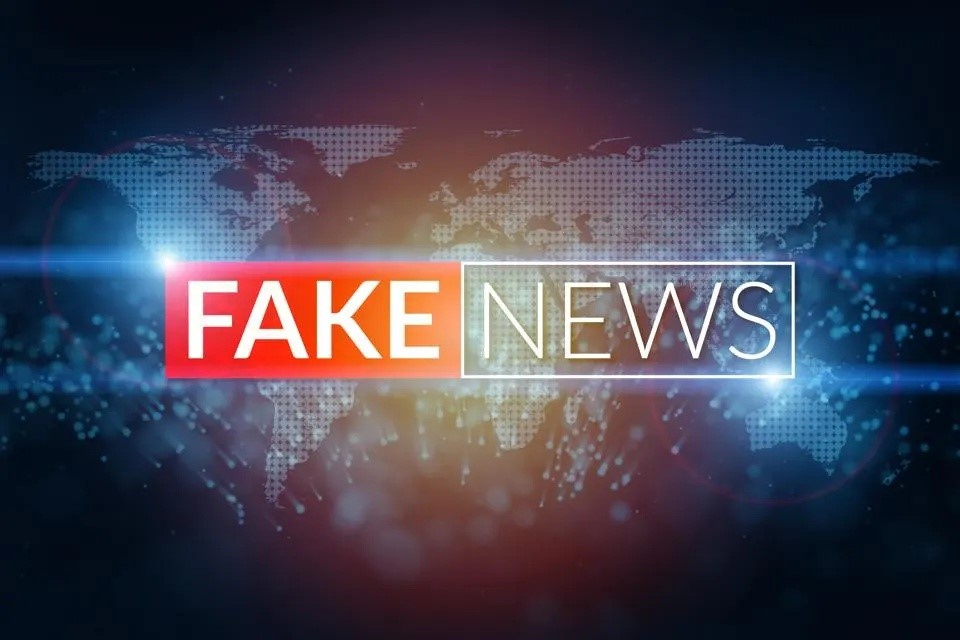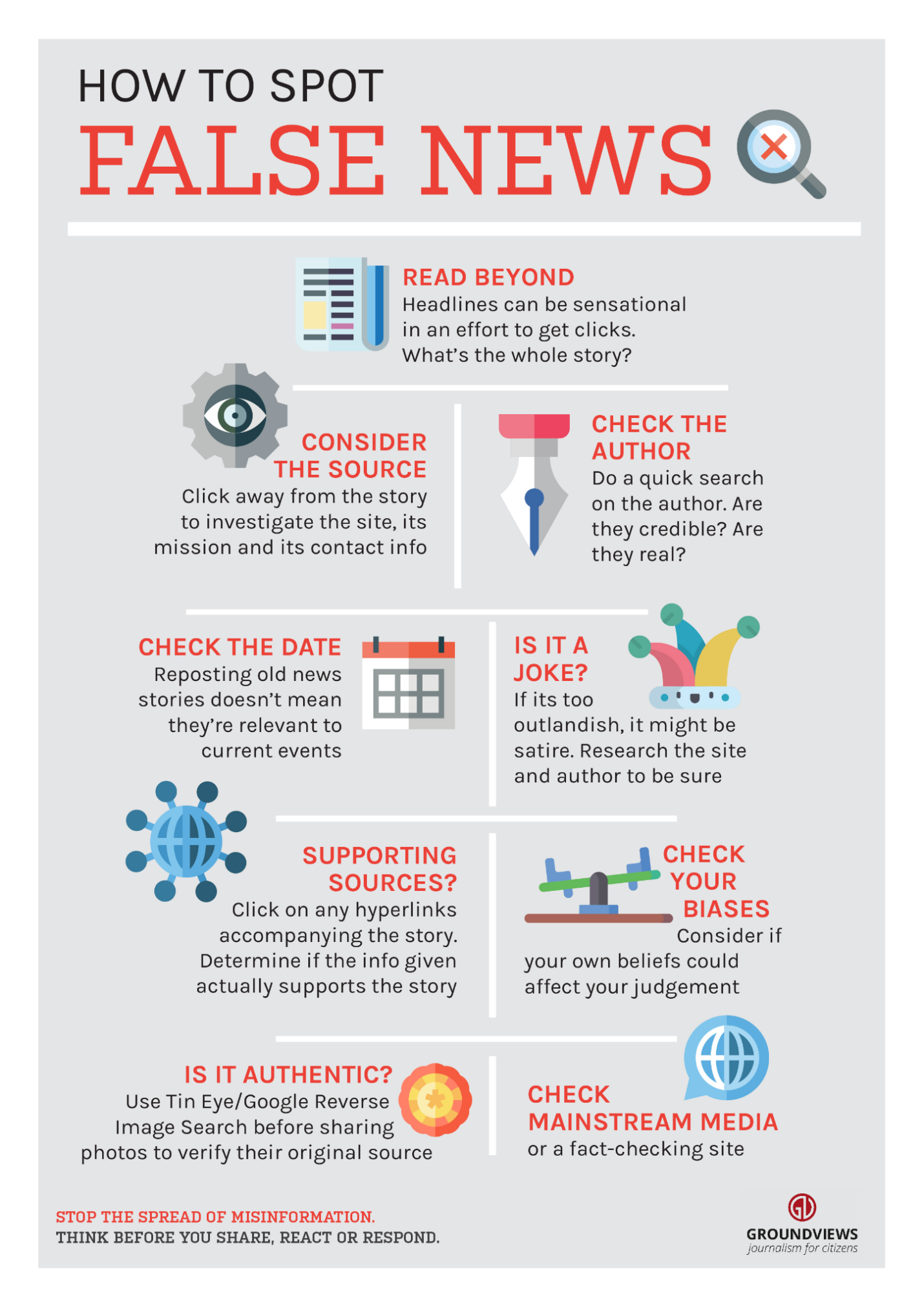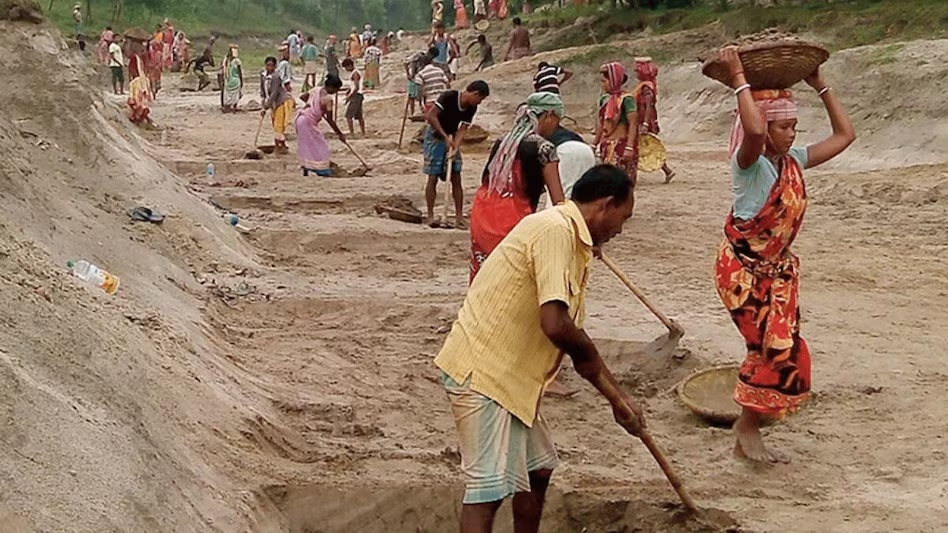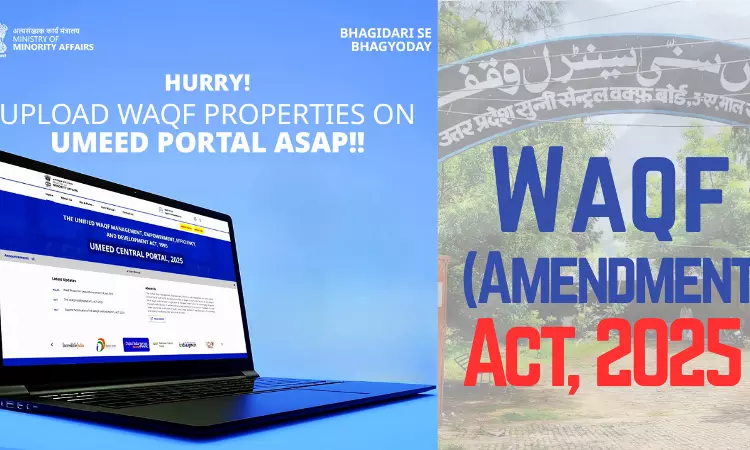Description

Copyright infringement not intended
Picture Courtesy: https://www.forbes.com/sites/bryanrobinson/2020/10/17/a-new-study-shows-fake-news-may--benefit-your-memory/?sh=66e5627b2687
Context: Fake news, defined as the spread of false or misleading material without verifiable facts, sources, or quotes, presents a serious danger to electoral integrity, particularly during the Lok Sabha elections in India. It can be intentionally created to mislead or manipulate public opinion, for a variety of purposes ranging from propaganda to sensationalism.
|
Background
●Fake news has a long history but has gained significant attention in the digital age due to its rapid circulation through online platforms. With the rise of social media and digital connectivity, misinformation can now reach millions of people within seconds, amplifying its potential impact.
●The term "fake news" became especially prominent during the 2016 U.S. presidential election when false information circulated widely on social media platforms. Since then, concerns about the spread of fake news have grown globally, prompting efforts to address this phenomenon.
|
Impact of fake news
- Erosion of Trust: Fake news can erode trust in the democratic institutions and media outlets. When people become unsure of what to believe, they become less likely to engage in civic participation, vote in elections, or hold institutions accountable. This can lead to apathy, disillusionment, and a decline in democratic values. In extreme cases, it can even create fertile ground for authoritarianism to take root.
- Public Health Risks: The spread of fake news about health issues can have life-or-death consequences. Misinformation about vaccines, for example, can discourage people from getting vaccinated, leading to outbreaks of preventable diseases. This can have a domino effect, putting entire communities at risk. Fake news can also create panic and confusion during public health emergencies, hindering effective response efforts.
- Social Disruption: Fake news can exacerbate social divisions by fueling existing prejudices and stereotypes. It can fuel hatred, distrust, and violence towards specific groups of people. This can lead to social unrest and instability, tearing at the fabric of society. Fake news can also be used to manipulate elections and undermine democratic processes.
Challenges
- Deception by Design: Fake news is often crafted to appear legitimate. It may use familiar formats, logos, or even steal content from real news sources. This makes it difficult for people to distinguish between truth and fiction.
- Emotional Triggers: Fake news preys on emotions. It taps into people's fears, biases, and confirmation bias – the tendency to favour information that confirms their existing beliefs. This makes it highly believable to those who already lean towards a particular viewpoint.
- Algorithmic Bias: Social media algorithms prioritise content that generates engagement, regardless of its accuracy. This inadvertently helps fake news spread faster and wider, as sensational headlines often generate more clicks and shares than factual reporting.
- The Rise of Deepfakes: Technology is constantly evolving, and with it comes the threat of deepfakes. These are manipulated videos that can make it appear as if someone is saying or doing something they never did. Deepfakes pose a new level of challenge because they can blur the line between reality and fabrication.

Steps Taken by India
- Fact-Checking Initiatives: Independent fact-checking organisations like PIB Fact Check play a crucial role. They verify information, debunk false claims, and expose the truth behind viral content.
- Social Media Regulation: The Information Technology Act, 2000 has been amended to hold social media platforms accountable for the content shared on their platforms. This aims to force them to take down fake news and flag potentially misleading content.
- Public Awareness Campaigns: Government and civil society organisations are running campaigns to educate the public on how to identify and avoid fake news. These campaigns provide tips on verifying information, recognizing common red flags, and relying on trusted sources.
Despite these efforts, the fight against fake news is far from over. Here are some of the ongoing challenges:
- Limited Reach: The volume of fake news being generated is often massive for fact-checking initiatives. They struggle to keep up with the constant flow of misinformation, and debunking efforts can sometimes feel like playing whack-a-mole.
- Language Barrier: India's diverse linguistic landscape presents a unique challenge. Fake news can spread rapidly in regional languages, making it difficult to debunk misinformation effectively across the entire population.
- Deepfakes and Evolving Techniques: As technology advances, fake news creators develop new methods for creating convincing, yet fabricated content. Deep Fakes pose a serious threat as they can bypass traditional methods of identifying fake news.
Way Forward
- Media Literacy Education: Equipping people with the skills to critically evaluate information is crucial. Educational campaigns can teach people how to verify information, identify red flags, and recognize bias.
- Collaboration: Collaboration between governments, tech companies, journalists, and educational institutions is essential. This can involve developing shared strategies for takedown of fake news, promoting media literacy initiatives, and fostering innovation in fact-checking technologies.
- Regulation and Enforcement: Social media platforms need to be held accountable for proactively removing harmful content. This can involve stricter regulations, along with robust enforcement mechanisms.
- Technology Solutions: Developing innovative technologies to identify and flag fake news can be a powerful tool. This might include automated fact-checking algorithms, image and video analysis tools, and user-friendly reporting mechanisms.
- Promoting Critical Thinking: Encouraging critical thinking skills is vital. Public discourse needs to shift towards evaluating information rationally, questioning sources, and seeking diverse perspectives before accepting something as true.

Conclusion
- Combating fake news is an ongoing challenge that requires coordinated efforts at the global, national, and individual levels. By implementing comprehensive strategies that combine regulatory, educational, and technological interventions, societies can mitigate the impact of misinformation and foster a more informed and resilient public sphere. However, addressing fake news requires continued vigilance and adaptation to the evolving tactics of purveyors of misinformation in the digital age.
Must Read Articles:
FAKE NEWS: https://www.iasgyan.in/ig-uploads/pdf/fake_news_1_Images_(1).pdf
FAKE NEWS: https://www.iasgyan.in/ias-gazette-magazine/perspective-fake-news
Source:
The Hindu
Indian Express
|
PRACTICE QUESTION
Q. Deepfakes, which use artificial intelligence to create convincing but fake videos, are becoming increasingly sophisticated. How to stay informed about the latest deepfake techniques and develop strategies to identify potentially manipulated audio and video content posing as real news?
|











